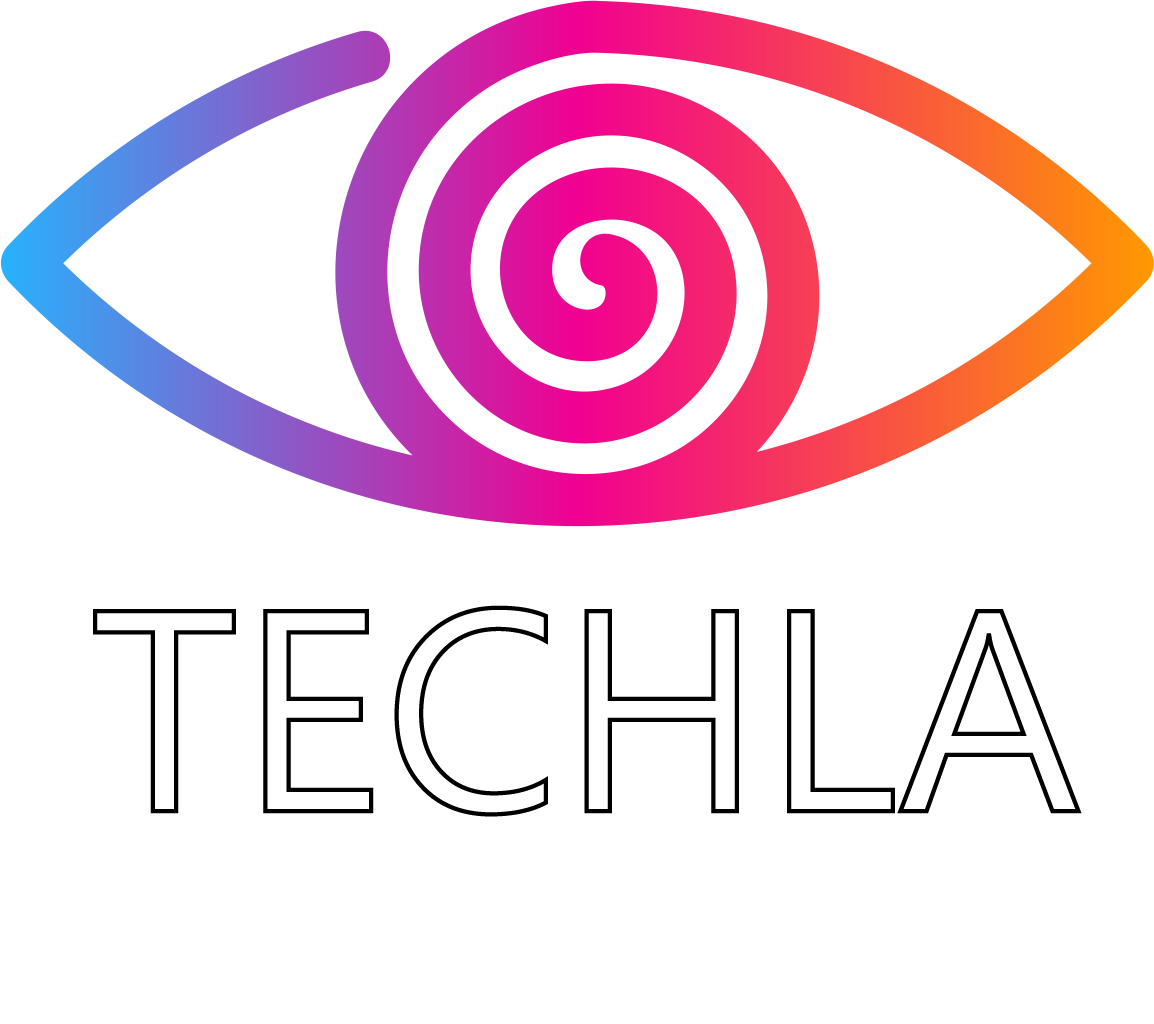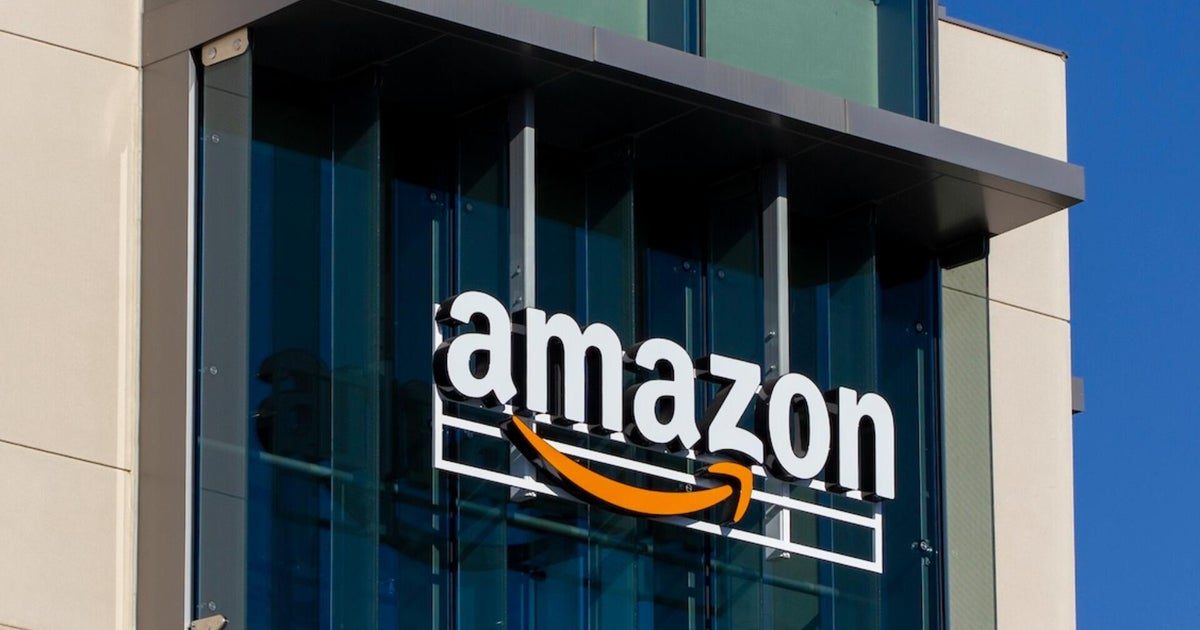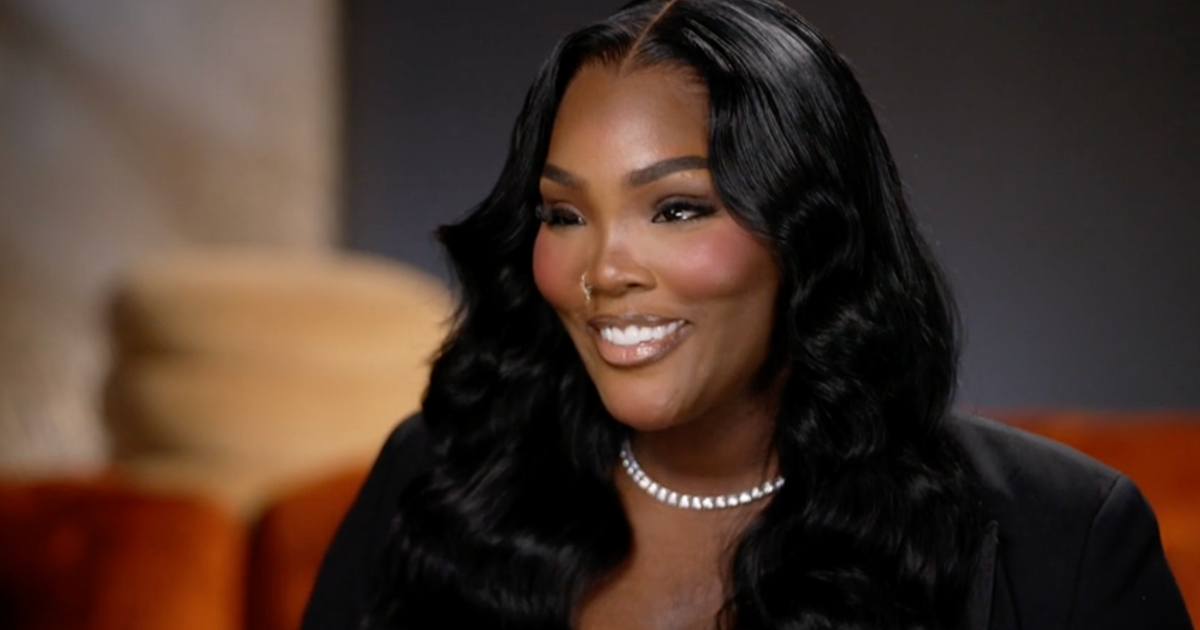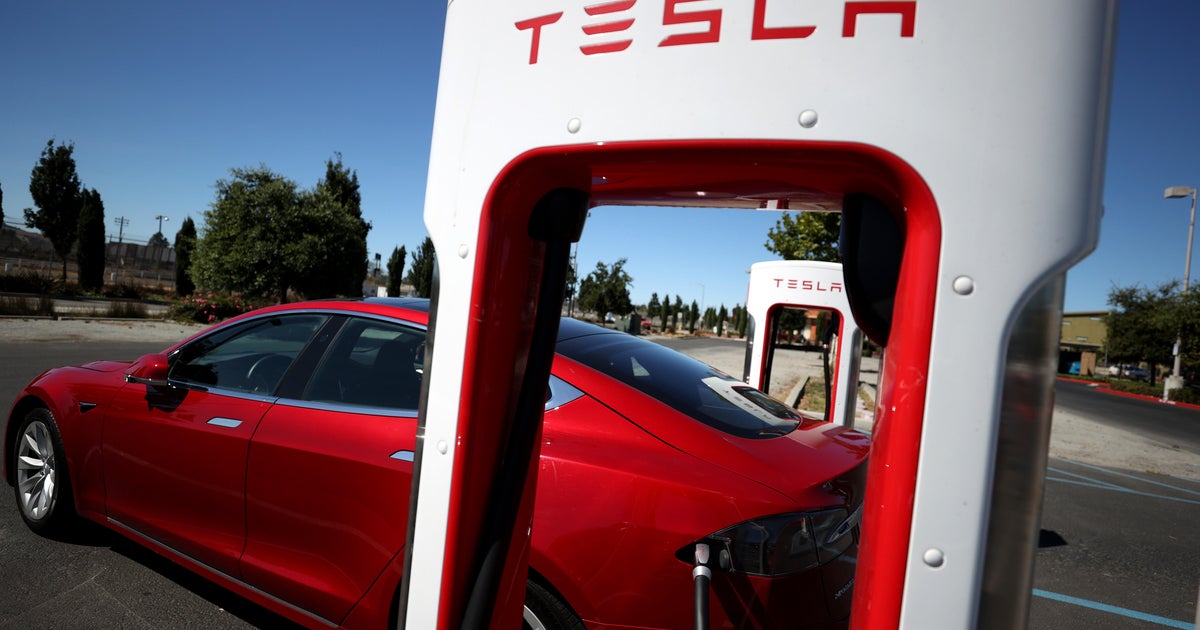Apple called out European officials in a heated letter shared with CBS News, arguing European Union regulations that forced the tech giant to allow smaller rivals into its App Store have made its platform less safe for consumers.
Because of the changes, “risks to users on our devices will inevitably increase,” Apple Vice President Kyle Andeer says in a letter Thursday to the European Commission, the EU’s executive body.
Apple accuses the EU of having an “enforcement agenda” that seeks to “undermine the security and privacy of iOS and iPadOS.”
It’s the latest complaint from an American company about alleged overreach from the EU’s powerful digital laws.
The tensions have factored into U.S. trade negotiations. In August, President Trump threatened higher tariffs on countries with tech rules he believes are discriminatory to U.S. companies. In an April op-ed, Mr. Trump’s trade adviser Peter Navarro accused the EU of engaging in “lawfare” to “target America’s largest tech firms.”
In recent years, the EU passed two major laws governing online platforms. The Digital Services Act requires platforms to follow certain rules on illegal or harmful content and advertising to minors, and the Digital Markets Act is designed to promote online competition. Tech companies can face hefty fines for violating either law.
Apple was fined 500 million euros in April for violating the EU’s Digital Markets Act by allegedly restricting app developers from steering users toward alternatives to the App Store. Apple appealed the fine.
Since then, the company has become more outspoken in claiming the EU rules have opened the door to financial scams, pornography, privacy issues, and other problems.
In its new letter, Apple says the European Commission sent an inquiry in October that questioned whether the tech company had put in place measures to ensure a high level of safety for minors, under the Digital Services Act.
Apple fired back that the EU’s other major law — the Digital Markets Act — required it to allow developers to link out of their apps to websites and other apps “with no meaningful guardrails.”
“This exposes users to fraud and scams on those third-party platforms that we cannot control or even monitor—even for apps distributed through the App Store,” the letter says.
It continues: “Apple has repeatedly warned the Commission that its approach to enforcement of the DMA is reckless and even dangerous, and urged the Commission to address the new risks their approach to the DMA has created for consumers,” referring to the acronym for the Digital Markets Act.
The European Commission could not immediately be reached for comment.
American tech giants like Apple, Meta and Google have faced scrutiny on both sides of the Atlantic, with regulators accusing them of stifling competition.
Beyond the fines in Europe, U.S. officials sued Apple last year, alleging the company has violated federal antitrust laws by imposing “shapeshifting rules and restrictions in its App Store guidelines.” And Apple has been embroiled in a long-running dispute with Epic Games, the maker of popular video game Fortnite, over App Store fees and policies.
Apple has long argued that its App Store restrictions are necessary to protect users from privacy, viruses and scams, and the EU’s new rules could expose users to security issues.
#Apple #blasts #digital #competition #laws #warning #fraud #scams











